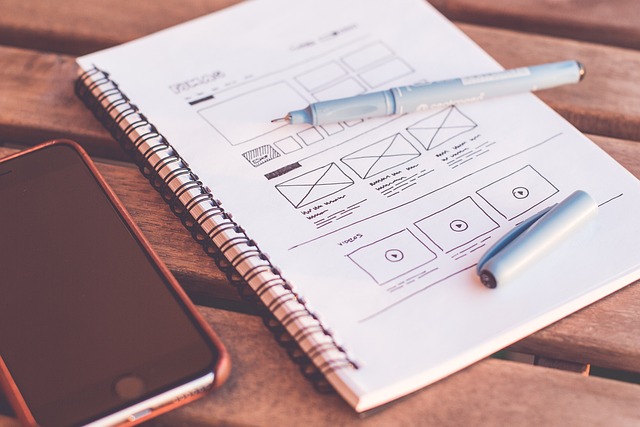6 Tips On Typography in Web Design

Did you know that more than 95% percent of information on the web is in the form of written language?

Good typography ensures that text on a website is easy to read and comprehend. This is especially important considering that much of the content on the web is text-based. Proper font choice, size, spacing, and contrast all contribute to better readability and legibility.
Typography greatly influences the overall user experience of a website. It helps to enhance navigation, guides users through content, and creates a more pleasant browsing experience. Optimizing the typography is one of the ways to optimize your content for a better customer reach.
Typography in web design not only enhances readability and accessibility but also contributes to the overall balance of graphic elements, enabling designers to craft visually striking web experiences.
Typography: Top Key Factors You Need To Consider For Your Web
- Keep The Number of Fonts Used At a Minimum: Maintaining professionalism and readability in web design involves limiting the use of fonts to a maximum of three, with standardized choices like Arial, Times New Roman, or Calibri preferred for content.
- Use Standard Fonts: Font embedding services offer a plethora of unique fonts that can add freshness to designs, but using overly interesting fonts can distract users from the content, leading them to focus more on the font choice than the text itself.
- Limit Line Length: Professionals recommend limiting the number of characters per line to around 60 for optimal readability and comprehension. Shorter lines facilitate easier reading by allowing readers to focus on one line at a time, particularly important for mobile-friendly design where 30 to 40 characters per line are suggested for enhanced readability.
- Create Typography Hierarchy: Establishing a clear typography hierarchy, both in web design and print, is essential for organizing content and guiding audience navigation. The typography hierarchy will divide the content into: Headings for the main topics [H1, H2], Subheadings for the subtopics [H3, H4, H5], Body copy for the descriptions, minimum 16px, Captions and other elements.
- Avoid All Capital Letters: Using all caps text is acceptable for non-reading contexts like acronyms or logos, but it significantly slows down reading speed and scanning comprehension compared to lowercase type. Therefore, in reading-intensive contexts, it’s advisable to avoid forcing users to read text entirely in capital letters to enhance readability and user experience.
- Proper Alignment And Spacing: Consistent alignment and spacing play vital roles in the visual appeal and readability of a website. By aligning text elements uniformly and employing suitable margins, padding, and line lengths, designers can improve readability and maintain a clean, organized appearance.
Why Web Typography is important?
When selecting typefaces, it is always crucial to consider factors such as readability, legibility, appropriateness for the website’s purpose and target audience, visual hierarchy, and brand consistency. Good typography ensures that text on a website is easy to read and comprehend, enhancing the user experience.
Overall, web typography plays a crucial role in shaping the design, functionality, and effectiveness of a website. Need help with typography or your website design?